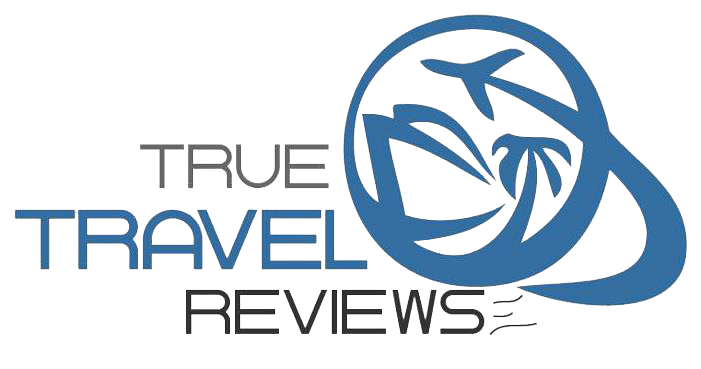
Costa Rica
A 4x4 Adventure!
For our trip to Costa Rica, we had a list of things we wanted to see that we wouldn’t be able to do from a central location. We found Nomad America and determined that the ability to move around the country and camp out in nature sounded like the best way to see the country!
Nomad America
Working with Nomad America was an excellent experience. They helped to arrange our transportation from San Juan to their location as well as back to our final Airbnb at the end of the trip. We rented the Toyota Hilux with two tents on top since there were three of us. The vehicle was a 4-wheel drive and got us through some crazy roads in the country. It is equipped with everything you need and still has plenty of space for our luggage and the souvenirs you pick up along the way.
Osa Peninsula
We started our trip by heading down to the Osa Peninsula. It was about a six-hour drive or so. We stayed at El Rancho for a couple of nights. They have outdoor showers/bathrooms and a common area with Internet. They also have a large, primitive cooking area.
While there, we drove to Ave Azul de la Osa. You’ll drive down an incredibly rocky road with crazy skinny bridges but an amazing beach stop along the way. The birds are hand-raised by Patrick Dunn, who is the past director of several zoos, including Hawaii and Sacramento. He now breeds and raises these birds as a personal conservation project. He has several different birds, including cranes and kookaburras. We had probably a 2 to 3-hour conversation with him. He lives totally off the grid with his dog and birds on 250 acres he bought in 1988. Many of the birds he imported from Hawaii which is no longer allowed in Costa Rica. The blue one is the bird of Brazil, and they buy the babies back from to preserve them. The road to get there was insane, and the shortcut to get back was wild, but at least we didn’t have to cross any more crazy bridges. Patrick does travel to town the first and 15th of the month, so keep that in mind while traveling. Those are the only times he has access to the Internet.
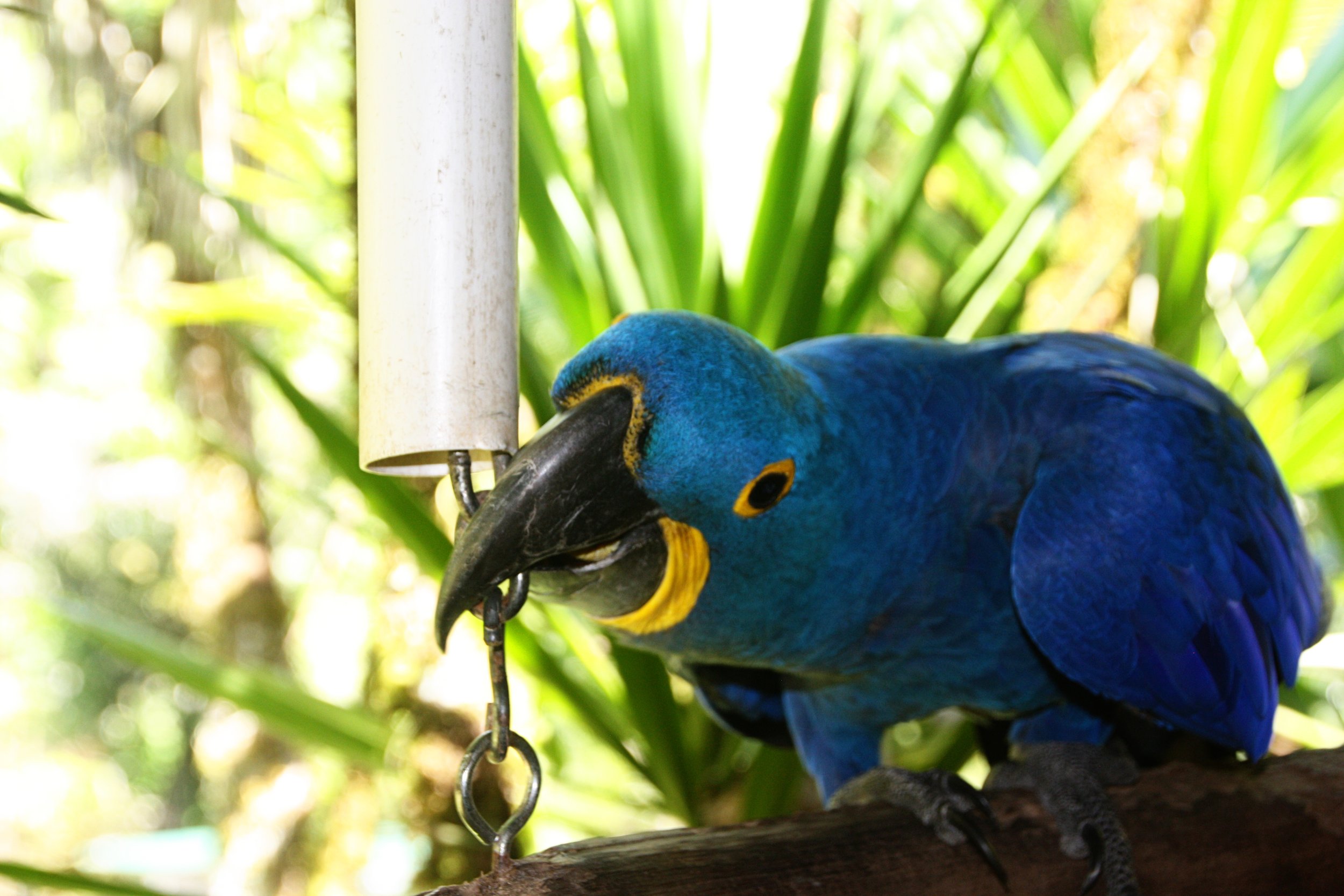
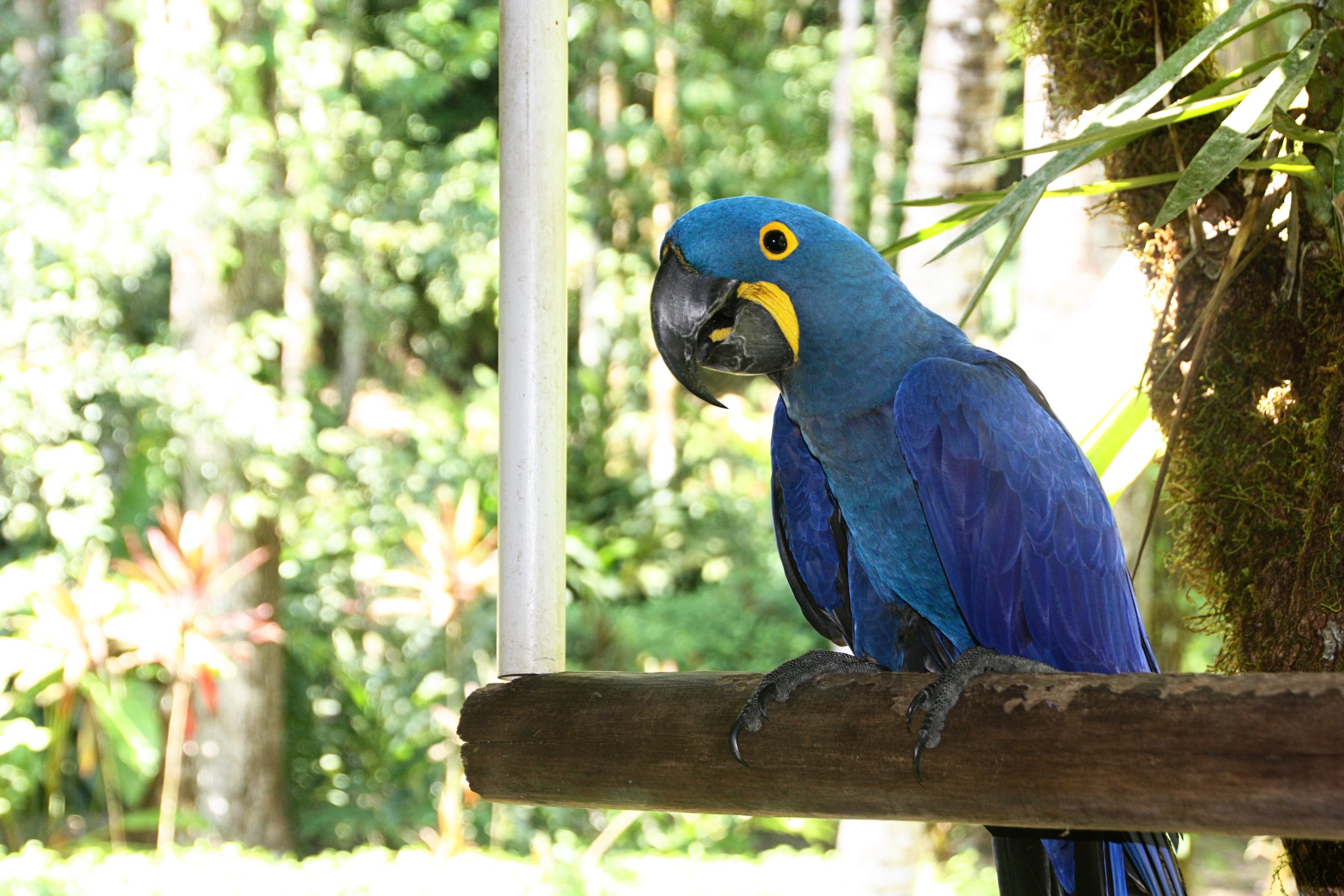

Miguel’s Surf Camp
Miguel’s Surf Camp is located outside of Quepos. It’s a little tricky to get to, requiring that you take a crazy turn off the highway down a sand road. It’s even wilder when you’re behind two giant dump trucks that have to stop to rebury someone’s water line. Miguel offers rooms/cabins for rent, but if you have a tent, you just park under the trees by the beach! There’s outdoor bathrooms and a shower as well as a common kitchen area. You can also take a surfing lesson.
Quepos has a lot of restaurants and shopping as well and is just a few minutes away from Miguel’s. We also took a Mangrove tour in the area to see some wildlife.





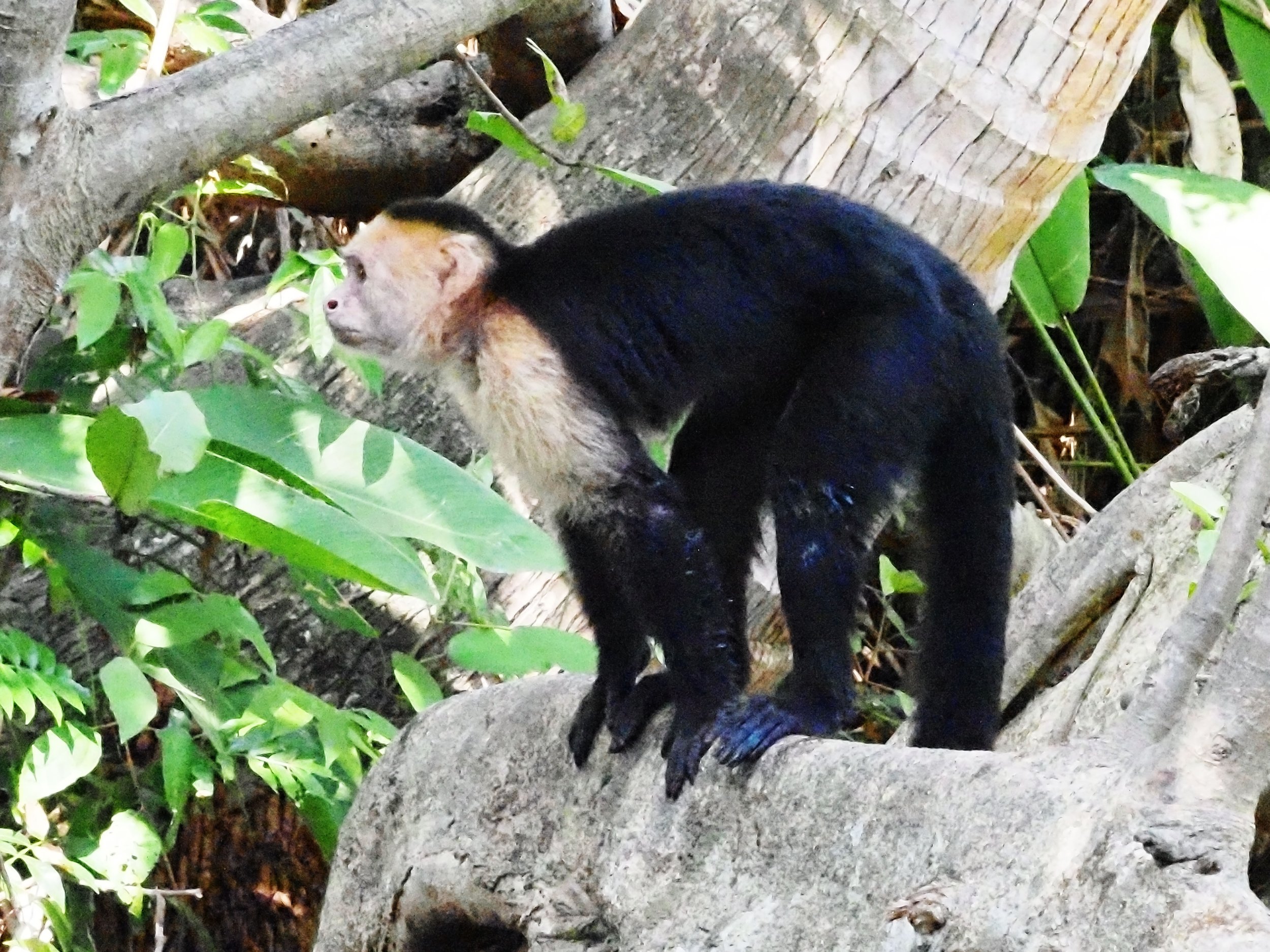
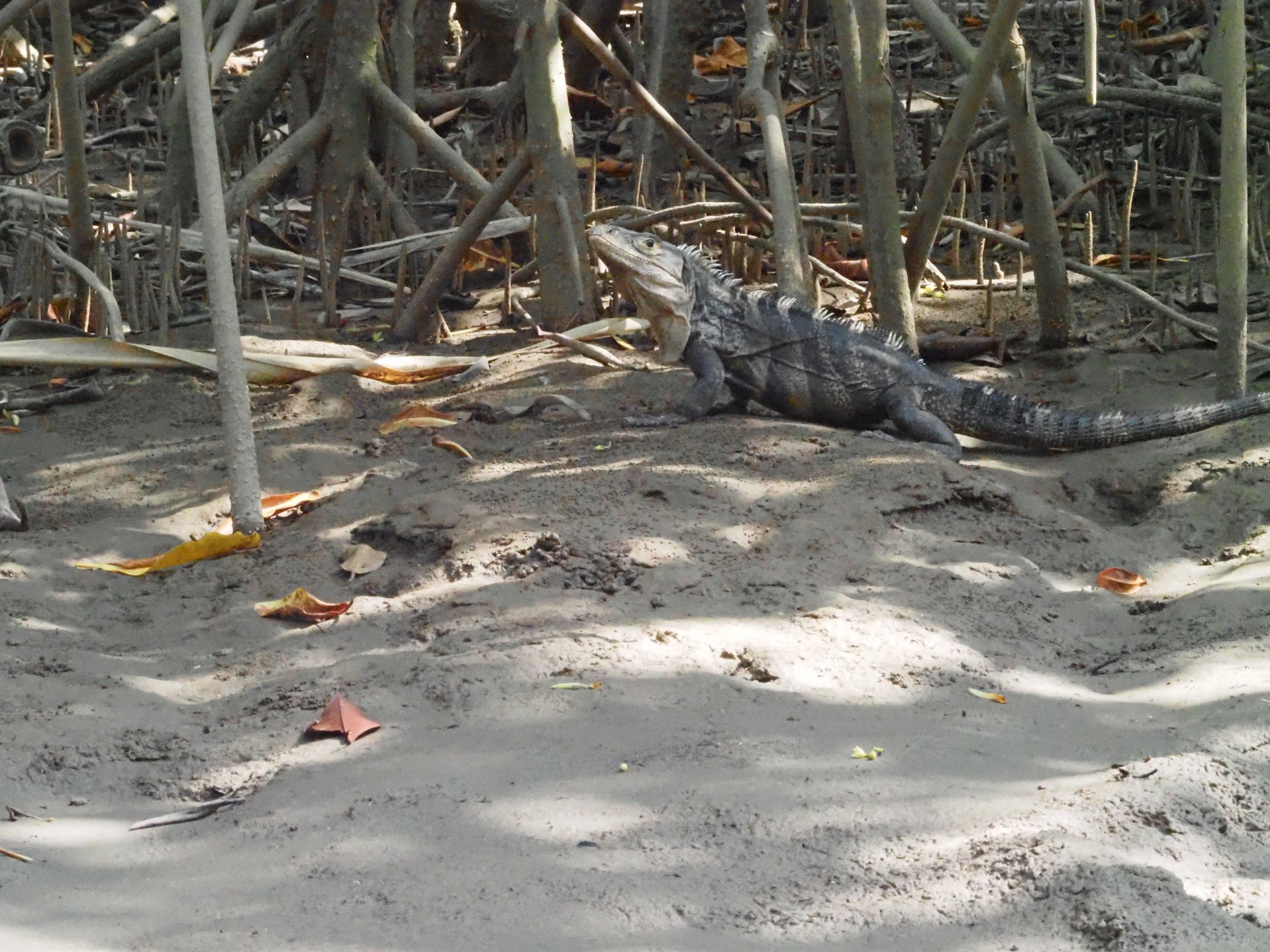
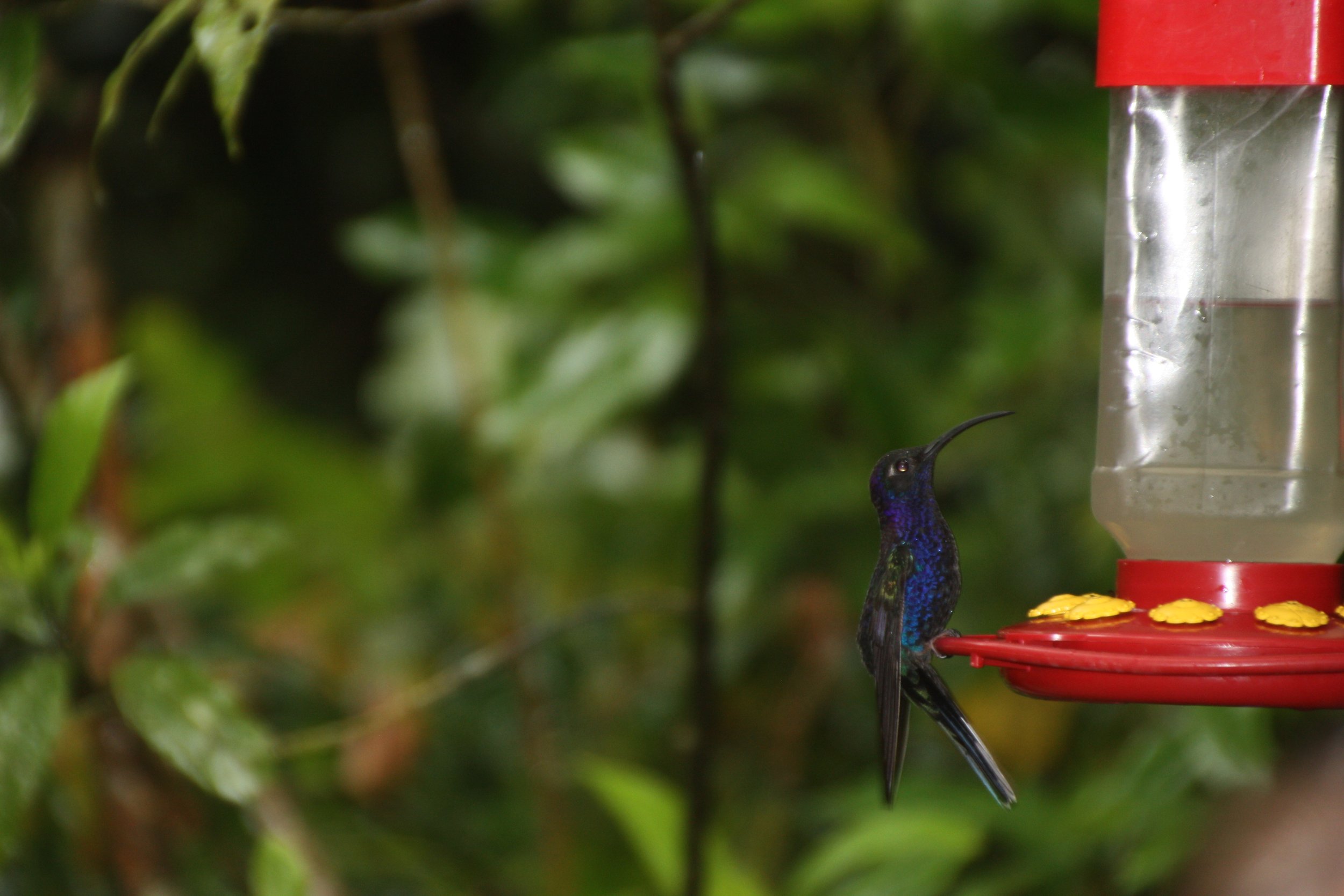
Camping in a Cloudforest
Monteverde
From Quepos, we drove up to Monteverde. The higher you get in elevation the windier and colder it gets. By the time we got to the Cloudforest, it was rainy and quite chilly. We didn’t have a ton of time to explore the Cloudforest, but we made the most of it. We didn’t hire a guide, but based on the ones we saw, I would definitely recommend it. You’re going to have the opportunity to see the most wildlife that way.
I also highly recommend camping at Camping Verde. Charlie is super nice. He lives in a converted bus and behind the bus is the restroom with a shower that has hot water! He brought us coffee when we arrived. He is an artist that used to do underwater welding, so there’s all sorts of neat art pieces around the grounds. It was very windy, rainy and cold that night, so I was glad that I hadn’t packed all beach wear!
FAQs
-
We didn't boondock camp off on the side of a road or public beach somewhere. All of the places we stayed were on someone's property. We never felt unsafe doing this and we wanted the amenities that go along with those properties as well. Saying that, there are many people who do camp off in the jungle and to that I would say use your best judgement and be prepared. After also traveling to Colombia, I have learned that with tourism comes more theft and Costa Rica has a lot of tourism.
-
The more you travel to non-touristy places, the more you need to know some Spanish or have an app to help you. For instance, staying in the city of San Juan, we needed to use Spanish more than we did in an area like Quepos that has more tourism.
-
Yes, I would highly recommend it. We had no idea that when we took off to Ave Azul how wild the road would be. The Miramar road that Patrick recommended as a shortcut, was definitely that, but it was also essentially off roading up and down a mountain. At least there weren't any one lane bridges!
